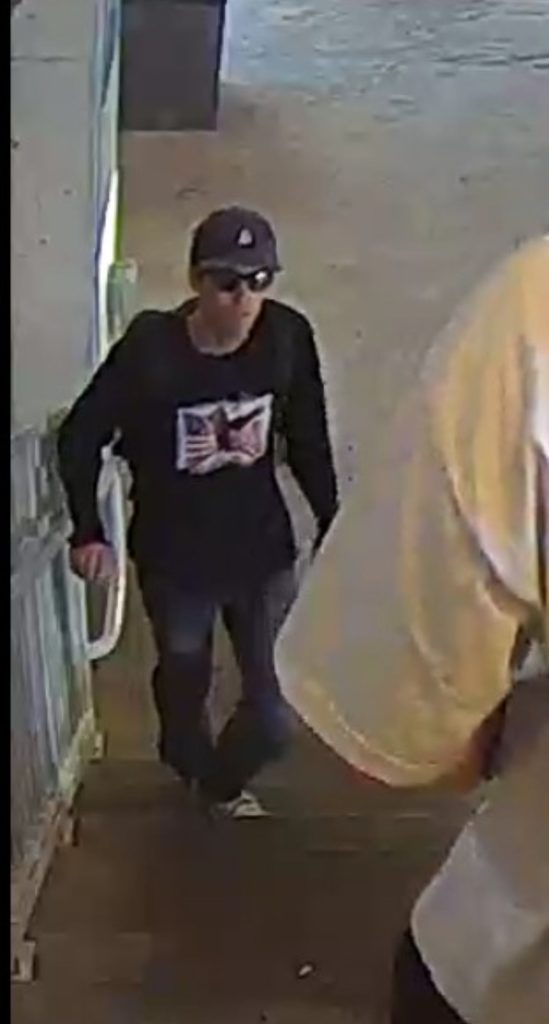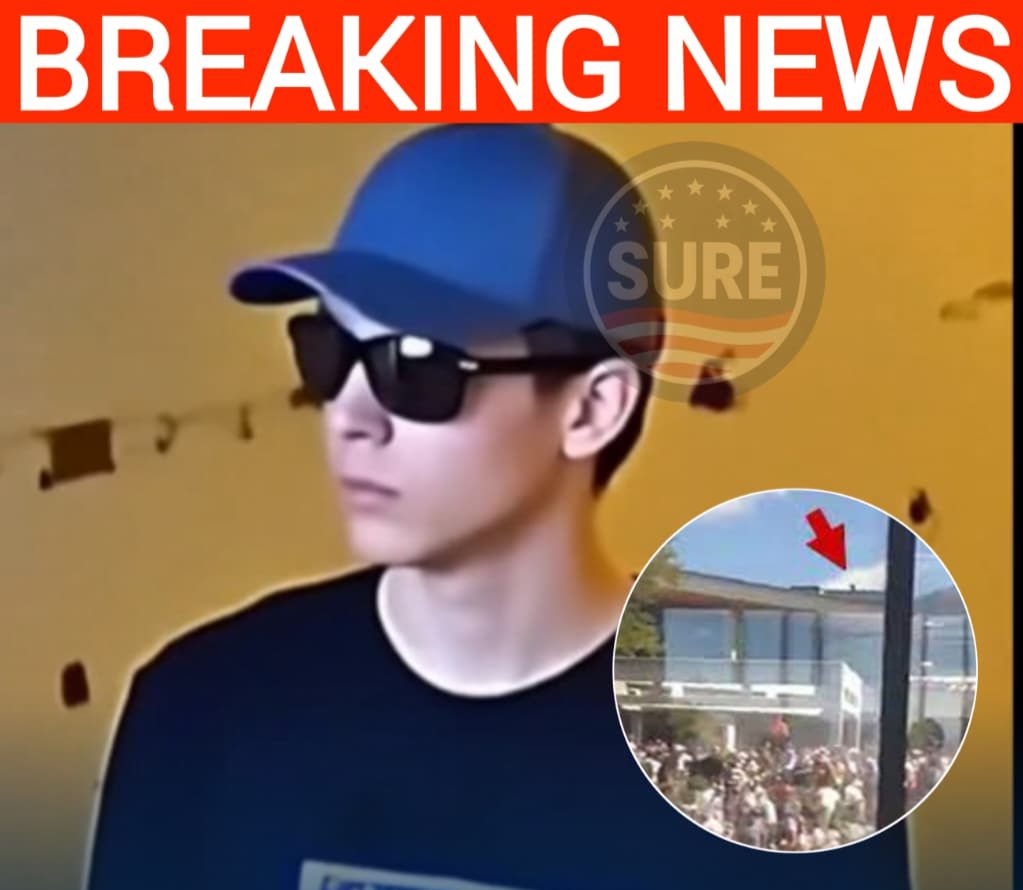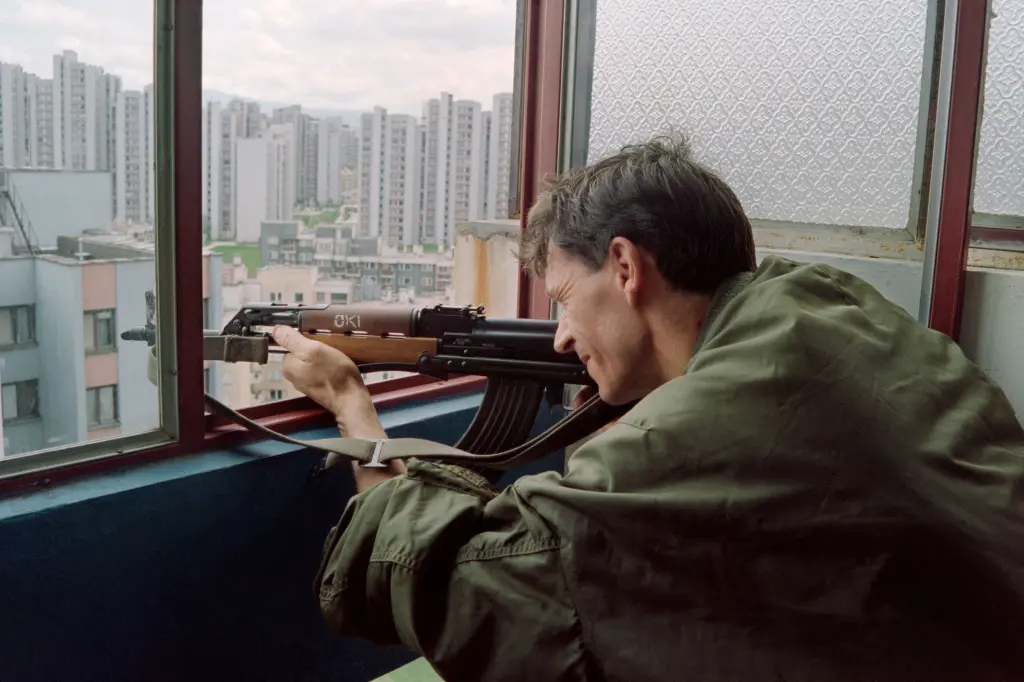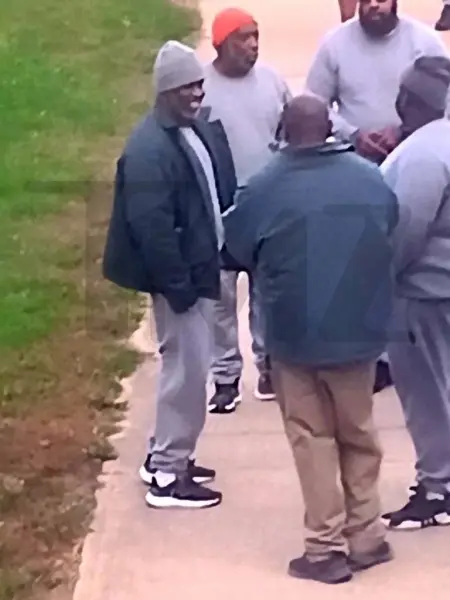Man Uses AI to Turn Photos Into Video of Charlie Kirk’s Shooter, Face Match Could Help Lead to Capture
Technology is moving at a pace that often feels like something out of a movie, but in moments of tragedy, it can become a tool for justice. After the shocking assassination of Charlie Kirk, a name that has long carried weight in political circles, emotions have been raw and questions have hung heavy in the air. In the search for answers, one man took a step that has now drawn national attention. Using advanced AI software, he transformed still photographs of the suspected shooter into a moving video, allowing the face to be seen in motion rather than frozen in a grainy image.

This effort, while unconventional, highlights how technology is increasingly being used in ways that were once unimaginable. What began as static snapshots has been turned into a video sequence, where the suspect’s facial features move, blink, and shift just as if they were caught on camera in real time. The results are striking, showing a detailed likeness that goes beyond the limitations of a single photograph. The AI system not only brought those features into sharper clarity but also created something investigators could potentially study for better identification.
The man behind this effort has offered a reward of $100,000 to anyone who can help locate the suspect, further raising the stakes in the nationwide hunt. It isn’t just about money; it is about urgency. The sense that a community has been shaken, that supporters are demanding answers, and that technology might be one of the few tools capable of delivering a breakthrough has given this story a powerful edge.
The idea of AI-generated video being used in such a way may feel unsettling to some, but others see it as a breakthrough moment. For years, we’ve watched technology evolve from simple image filters to lifelike recreations, and now, in the wake of a devastating event, it has stepped directly into the realm of public safety. While experts caution that AI should never be treated as the sole source of truth, the additional detail it provides can give investigators a stronger lead.
What makes this development resonate even more is the emotional side. People feel powerless when violence takes someone from their community, and when official updates move slowly, the need for action can spill into new and creative directions. The AI video has given supporters a way to visualize the suspect beyond a still frame, almost as if technology itself is refusing to let the moment fade away into uncertainty. It is not just about science or innovation — it is about grief, anger, hope, and the determination to see justice carried out.

As the story spreads, so too does the conversation about how far technology will go in shaping investigations of the future. Could AI one day become a standard tool in solving crimes? Could recreations like this be the new version of wanted posters, only more vivid and impossible to ignore? For now, what is certain is that one man’s use of AI has turned the spotlight directly onto the face of the shooter, giving the public something tangible to hold onto in a time of confusion. It is a reminder that while we live in an age of rapid change, sometimes those changes arrive exactly when they are needed most.


